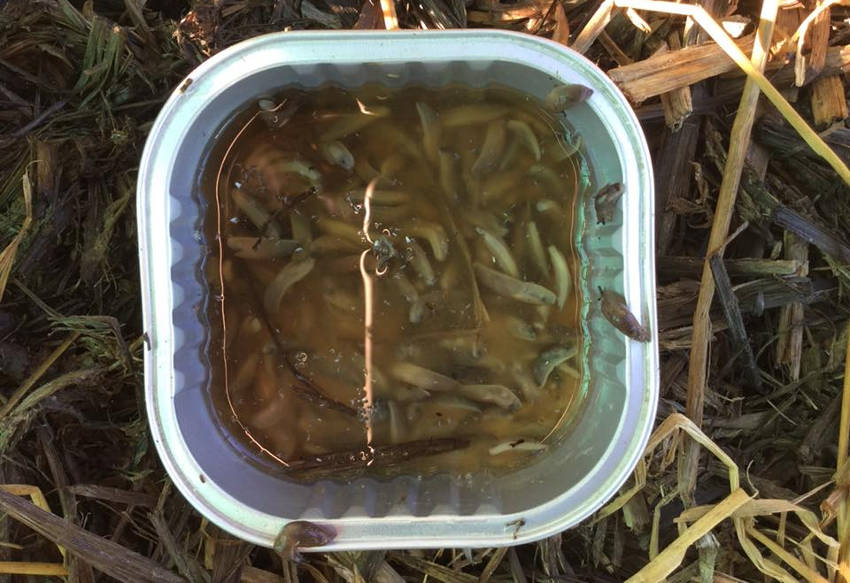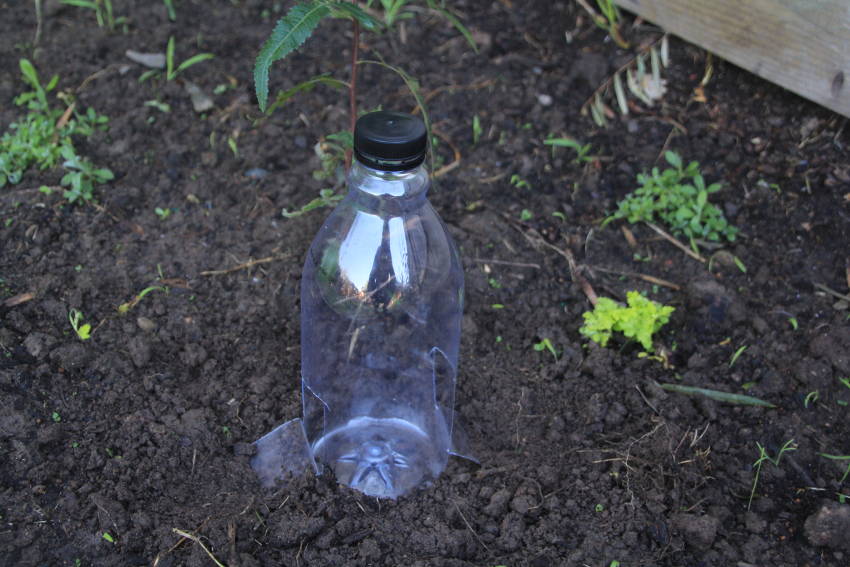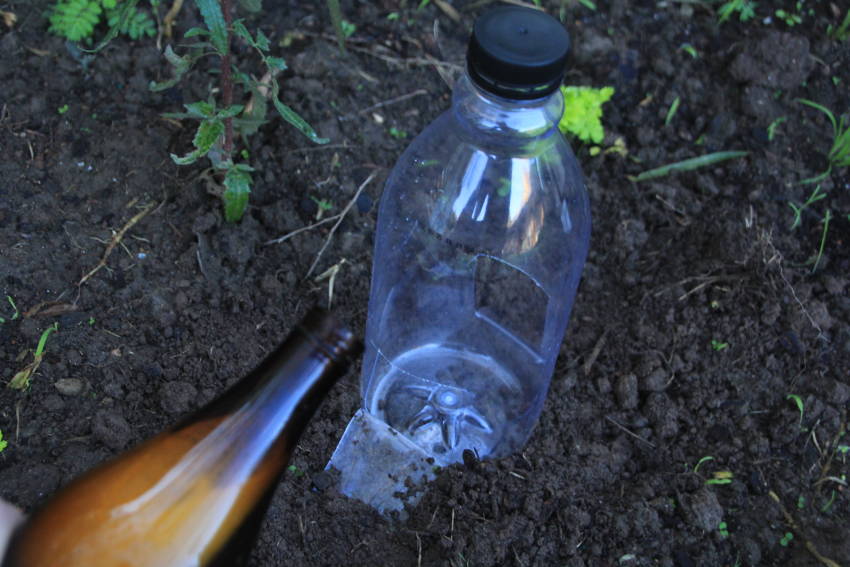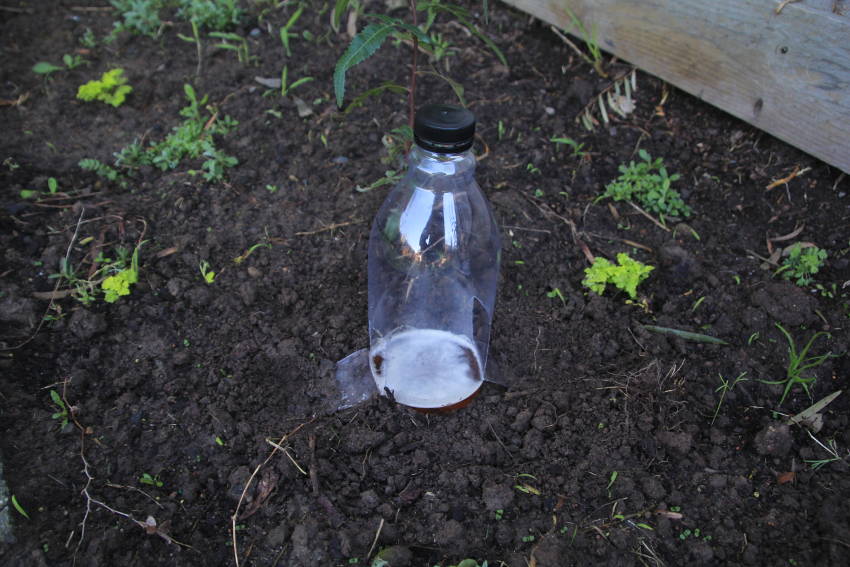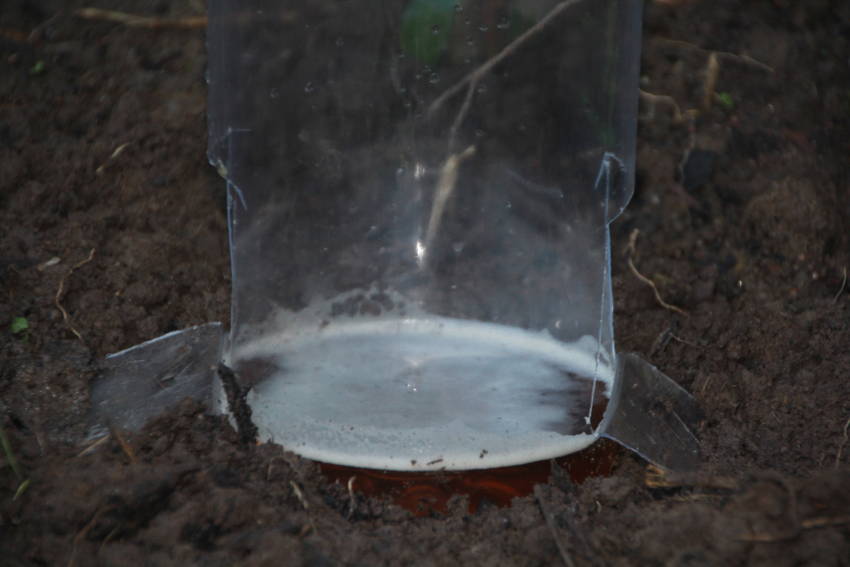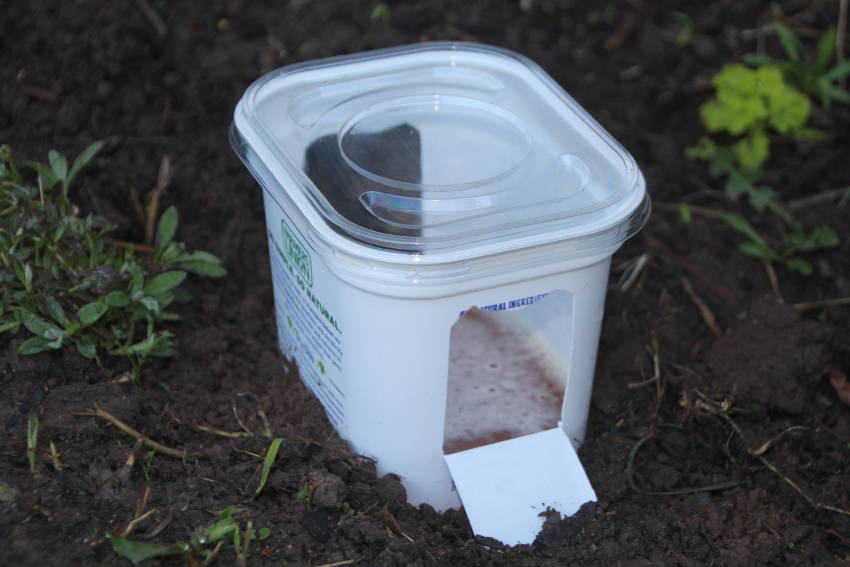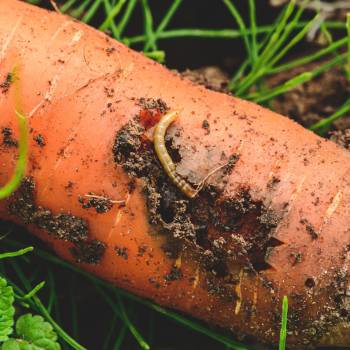Among the many problems faced by gardeners, slugs and snails are possibly the most infuriating. For such slow and simple creatures they can cause an incredible amount of damage, easily reducing a carefully tended row of seedlings to a shredded mess within just a few hours.
But the traditional method of snail control, laying down toxic pellets, has issues to say the least. In poisoning your crop-crunching gastropods, you risk also harming your local bird and small mammal population when these innocent bystanders feast on the remains.
However, there's an eco-friendly and economical solution to your garden's hungry snail problem: the homemade beer trap.
The Beer Trap Principle
The basic idea behind a beer trap is to place a small pool of liquid refreshment in your vegetable patch, adding a cover to keep rain and irrigation water out. The slugs and snails are attracted by the yeasty aroma, fall into the trap, and either drown or succumb to alcohol poisoning.
If all goes well, you'll be able to trap several snails each morning, before resetting the trap and repeating the process.
Building Your Own Beer Trap
Ready-made snail traps of this type are available from any garden centre, but you can improvise your own design with whatever materials you have to hand. To get you started, here's how to build an effective beer trap using a standard two-litre plastic drink bottle (or similar).
- Take your plastic bottle and cut a pair of 4-6cm square holes facing each other, about 4cm up from the base, leaving the bottom edges uncut.
- Fold the resulting flaps downward and outward to make a pair of handy ramps for the snails to slime their way up.
- Bury the bottle upright in your vegetable patch, with the soil level coming up to a centimetre or so below the flaps. Don't bury it flush to the ground, as this risks also trapping beneficial beetles and other unintended targets.
- Secure the flaps with a little earth to keep the entrances open and accessible.
- Fill the base of the bottle with beer, up to just below the level of the entrances. Don't fill it to the brim, as you don't want your quarry to be able to swim or float to safety.
- Sit back and maybe enjoy a beer or two of your own.
- Regularly check the trap for any slugs and snails. Remove them, and refill with beer as necessary.
This trap has the advantage of simplicity thanks to its all-in-one design and use of readily available materials. It also keeps the rain out with its in-built cover.
However, one slight drawback is that emptying it after a heavy night can be a little trickier and messier than a trap with a removable lid.
But that's where your gardener's resourcefulness and ingenuity comes in. So long as you follow the basic idea of a rain-proof beer pool offering no easy escape route, the design and materials can be tweaked in any way you want.
An Important Placement Note
Your first impulse may be to place this trap where the slug and snail damage is most severe, but take care. The smell will attract the slugs and snails from across your garden, and they may be tempted into a juicy nibble as they head for the bar.
Instead, place your trap a little distance away from your prized delicacies, closer to hardier plants which can take a little more damage for the team.
The aim is to decrease your garden's total gastropod population over time, rather than attract every single inhabitant to where they can wreak the most havoc.
Two Important Liquid Notes
This is no place for your finest craft beer. The cheapest beers from the bottle-o or your reject batch of home brew are perfect; snails certainly aren't fussy drinkers. What you're looking for is a temptingly strong, sweet, yeasty smell rather than any particular brewing refinement or high alcohol content.
And if the thought of wasting even cheap beer is too much - or if you don't want to use beer for any other reason - you can employ an easy home-brewed alternative.
Mix a teaspoon each of sugar and flour into a cup of water, and stir in 1/2 tsp of ordinary baker's yeast. This will lure snails just as effectively as cheap beer, the immediate lack of alcohol may reduce it’s effectiveness slightly though.
Drawing the Line
Live and let live is a fine philosophy, and experienced gardeners know the best results are gained by working with nature as closely as possible.
But even the most tolerant gardener usually draws the line at overnight crop decimation by an army of slugs and snails. If your garden's gastropod population is out of control, a homemade beer trap will make short work of the slimy attackers, but without the chemical and ecological risks of pellets.
Below: How to make a snail trap from a bottle
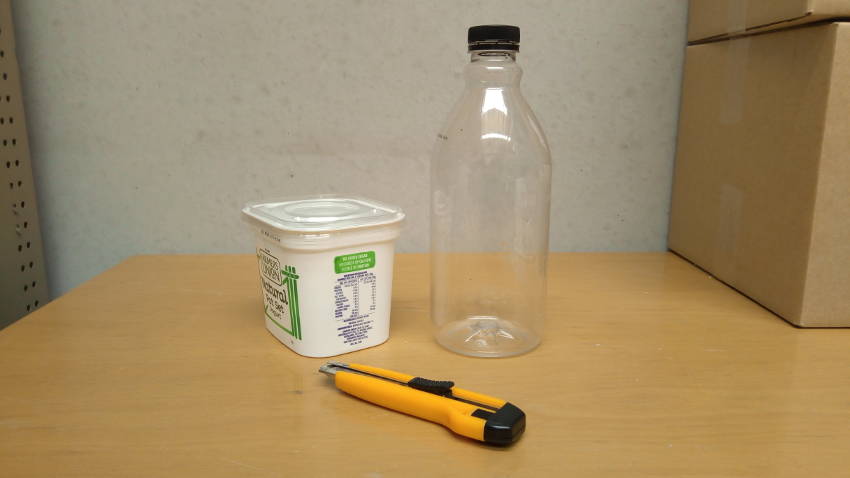
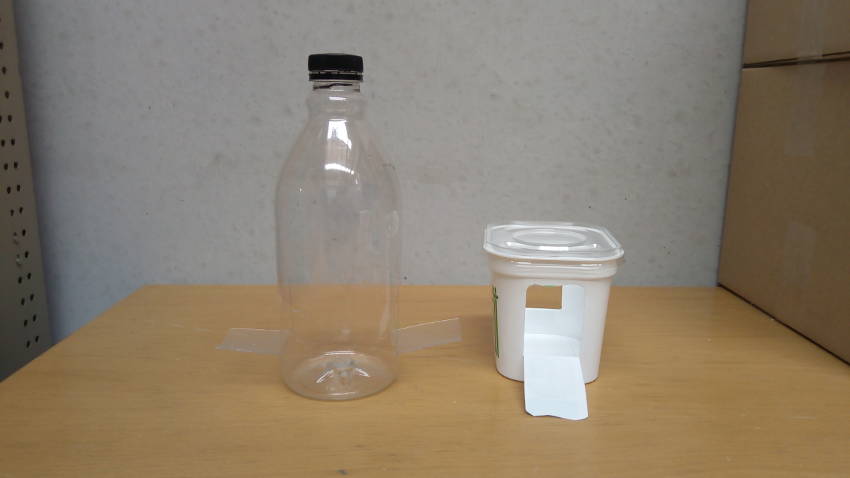
Below: A snail trap made from a yogurt container
Below: A snail trap made from a foil tray
